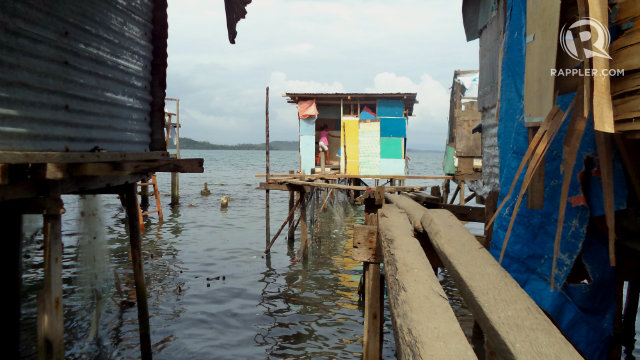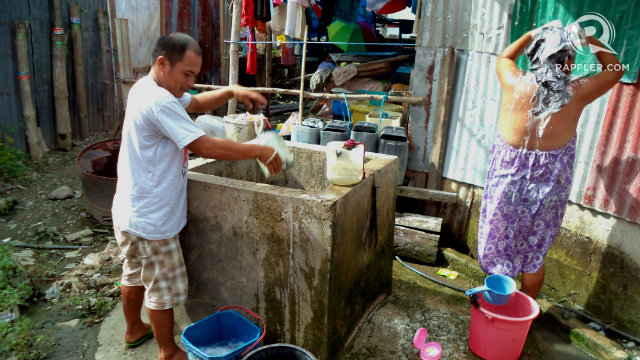
MANILA, Philippines – Home sweet home.
But what if one’s home lacks a family's basic needs? Among the poorest provinces in the Philippines, the poor live in barong-barong (shanty) types – poorly constructed and temporary one-room shelters.
In a August 16 to September 5, 2015 survey sponsored by the World Food Programme (WFP), it was revealed that most poor households, if not shanties, are made of light and cheap materials.
The WFP found that 44% of households among the poorest provinces in the country were barong-barong types, while 47% were poorly constructed semi-permanent or temporary houses. The rest were made of mixed light and heavy materials.
Of the 16 poorest provinces, only the surveyed poor families in Masbate, Camiguin, and Sultan Kudarat reported permanent houses made of good quality materials. Meanwhile, Sarangani had the highest percentage of barong-barong types of housing.
| Poorest provinces with barong-barong as majority housing | |
| Province | Percentage |
| Sarangani | 78% |
| Sultan Kudarat | 64% |
| Maguindanao | 59% |
| Zamboanga del Norte | 57% |
| Western Samar | 50% |
| Lanao del Sur | 48% |
| Northern Cotabato | 40% |
| Poorest provinces with majority of houses made of 'cheap and light' materials | |
| Province | Percentage |
| Apayao | 73% |
| Negros Oriental | 69% |
| Bukidnon | 64% |
| Lanao del Norte | 59% |
| Northern Samar | 57% |
| Eastern Samar | 57% |
| Camiguin | 57% |
| Masbate | 50% |
| Lanao del Sur | 48% |
| Sulu | 46% |
Most of the surveyed houses were unpainted, dilapidated, or in need of repair. Many of them are located in slum districts or rural areas.
Homes with no access

In 2015, one might think that all Filipinos would already have access to safe drinking water and functioning toilets. The truth, however, proves to be grim.
Overall, 69% of the surveyed households in the country's poorest provinces own a toilet, while 24% share. The remaining 7% have no toilet facilities at all.
Majority of these toilets have no flush, they are de buhos (in need of manual flushing).
Not everyone has access to running water either. Among all the provinces, Bukidnon and Camiguin showed the highest percentage of households with access to running water; while Masbate, Northern Samar, and Sultan Kudarat reflected the poorest results.
Most households get their drinking water from pump wells, with 70% doing nothing to make their water safe.
For cooking, majority of homes still use wood for fuel, with only a few families using stoves. Not only does this mean more labor, but it may also be bad for the environment and one's health.
As for garbage disposal, majority burn their trash, while only 2% recycle. Apayao does the most recycling at 12%.
Food in the mouth

On average, these households earn a monthly income of P4,000, which needs to fit a family of around 5. Average food spending is P120/day or P3,600/month, leaving very little to spend for other needs.
Most household heads either had elementary education or no formal schooling. Majority work as farmers and yet more than half do not own land – a typical narrative in the Philippines.
Since 2006, fisherfolk and farmers have remained the poorest basic sectors, according to the National Statistical Coordination Board. To add more irony, the 3rd poorest sector are children.
One-tenth of households experienced skipping meals, the WFP survey revealed, with breakfast being non-existent for several families. In fact, only 6% claim to have a balanced diet every day – something most Filipinos might take for granted.
The survey showed that 5% of families reported "not having any meals for a number of days in a month." The WFP concluded that inadequate family income is the main reason cited for food insecurity.
With the Philippines being hailed as Asia's rising tiger, it might be forgotten that some of its cubs are growing hungrier by the day. – Rappler.com